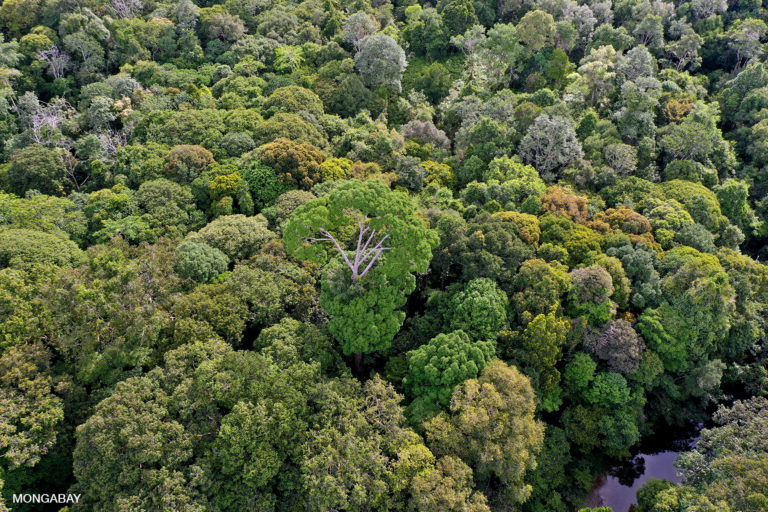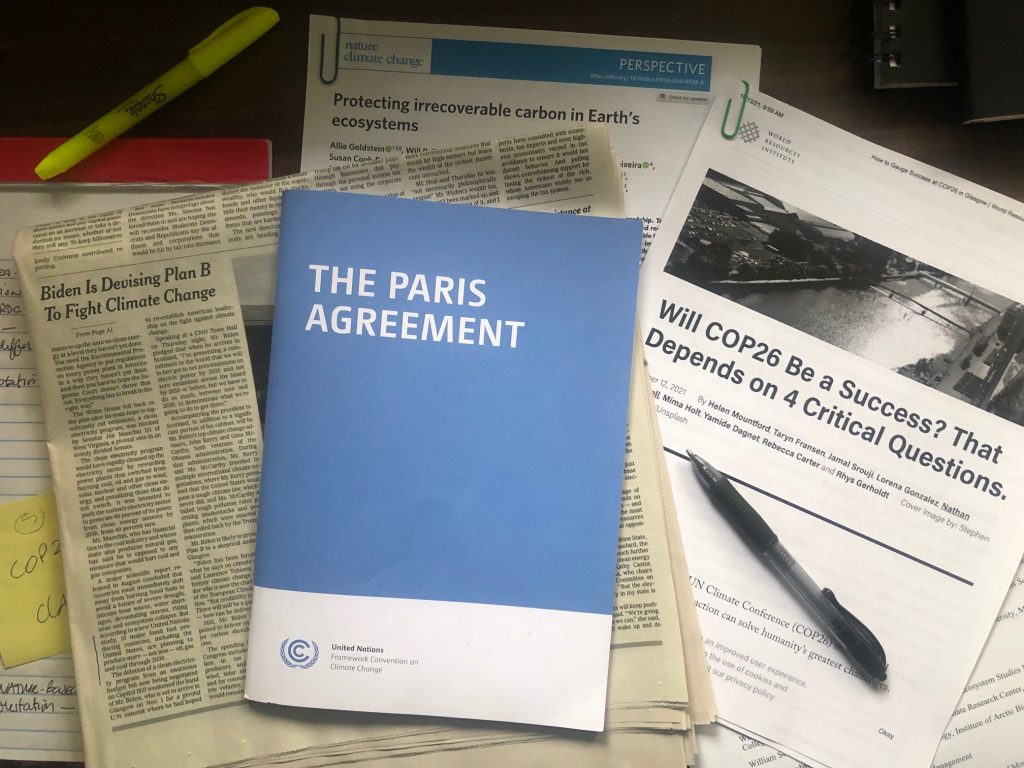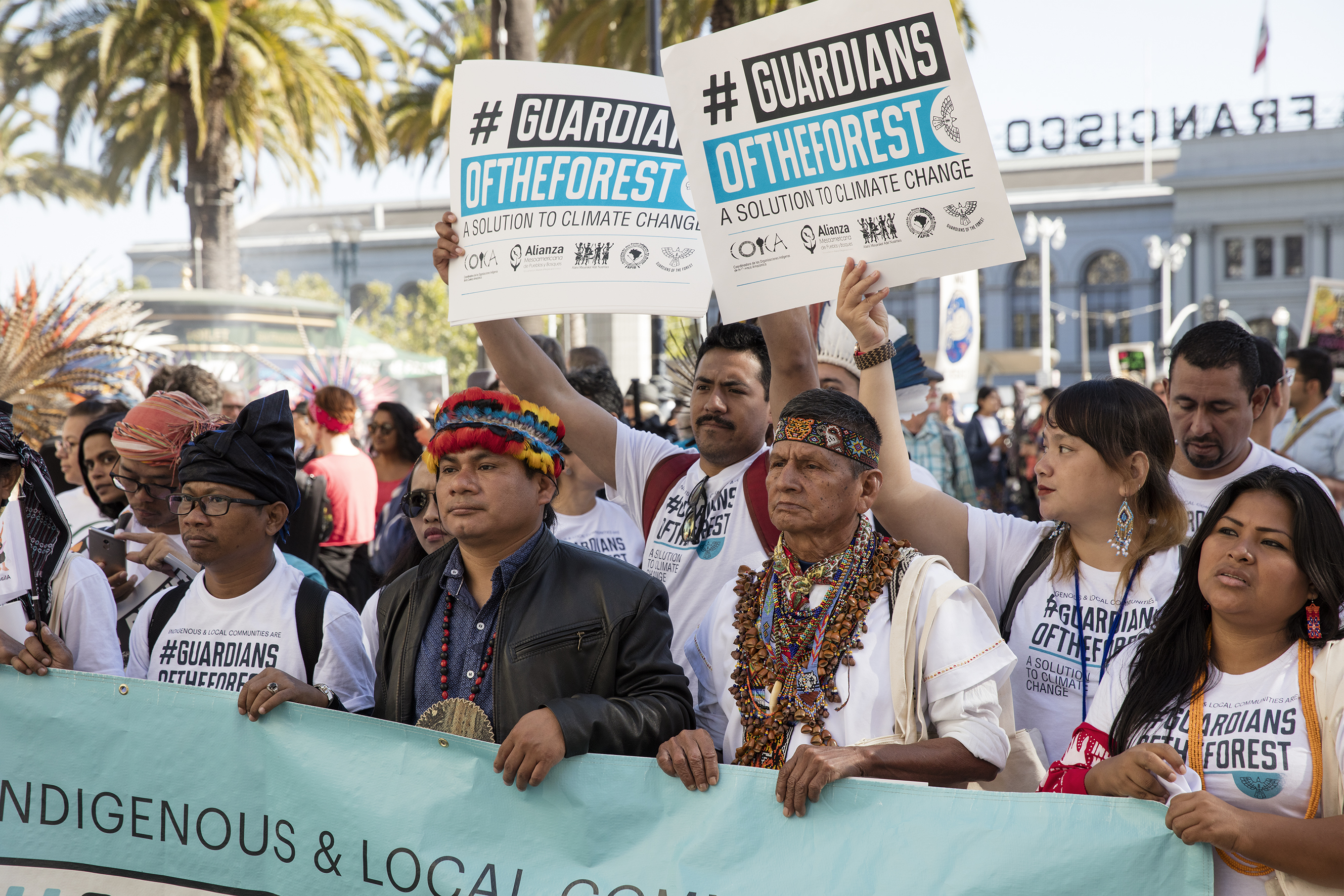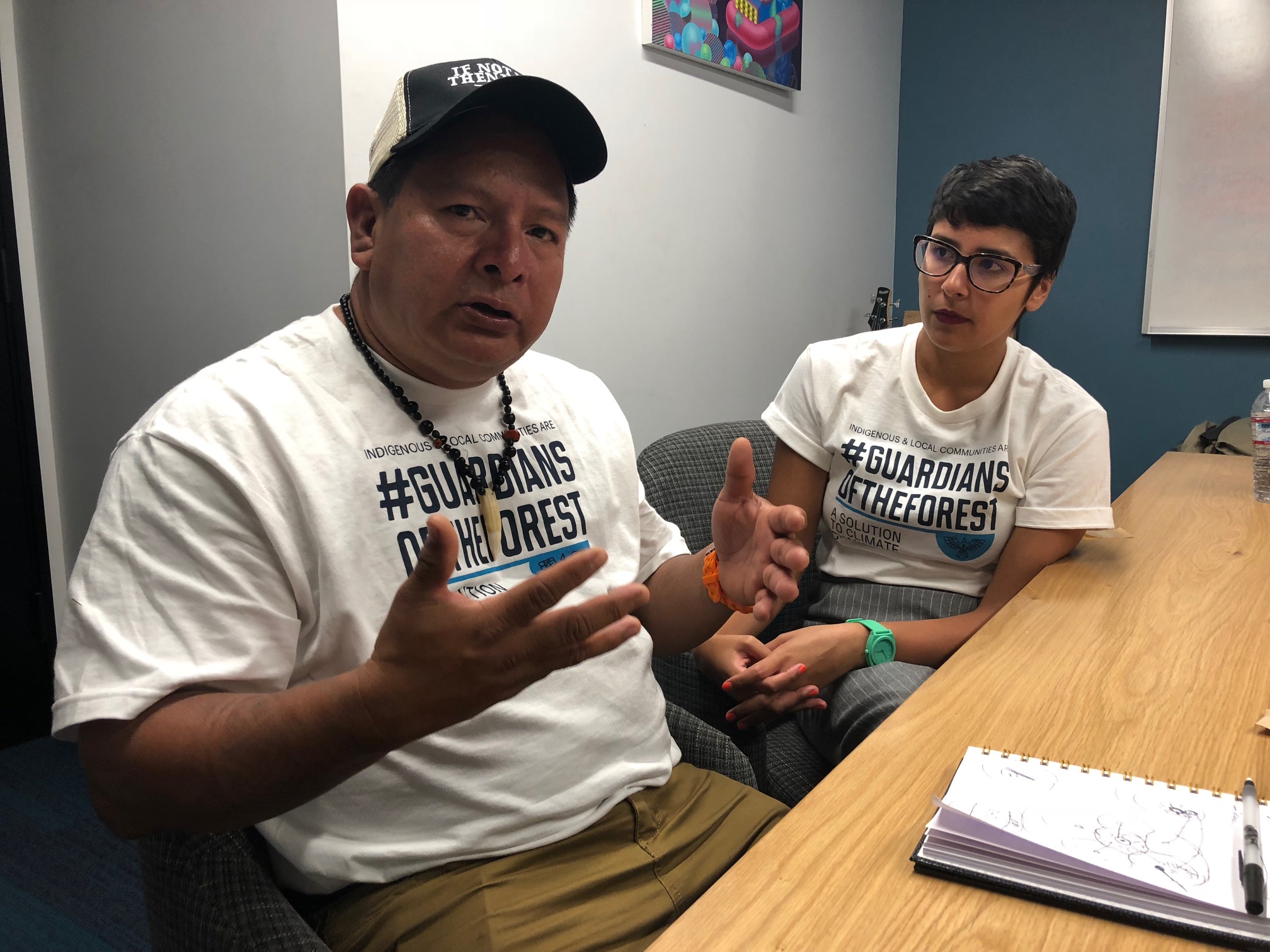
I wrote my second story for COP26, the United Nations climate summit in Glasgow, Scotland, while I was still in North Carolina. The first two days of the summit were attended by heads of state from around the world, eager to show some kind of eagerness toward climate action. The result here was the Glasgow Declaration on Forests and Land Use, signed by the U.S as well as more than 100 other countries. The goal — eliminating deforestation by 2030.
This declaration dovetailed well with my first story, which highlighted the importance of nature-based solutions in fighting climate change, and how deforestation was undermining nature’s ability to sequester carbon and provide the ecosystems services it has always provided to slow the rate of warming.
Backed by $19 billion in funding to assist in reducing deforestation and promoting Indigenous land tenure, it even sounds pretty good. As I wrote: The Glasgow signees, the declaration says, “emphasize the critical and interdependent roles of forests of all types, biodiversity and sustainable land use in enabling the world to meet its sustainable development goals; to help achieve a balance between anthropogenic greenhouse gas emissions and removal by sinks; to adapt to climate change; and to maintain other ecosystem services.”
But it’s what’s not in the declaration that not only weakens it, but according to a variety of my sources, implicitly encourages logging forests for timber and pellets so long as they are replaced with what is usually monoculture tree plantations that lack biodiversity, sequester little carbon and are harvested on a regular cycle. My story looks at both the positive and suspect aspects of a declaration whose primary goal is truly needed.







